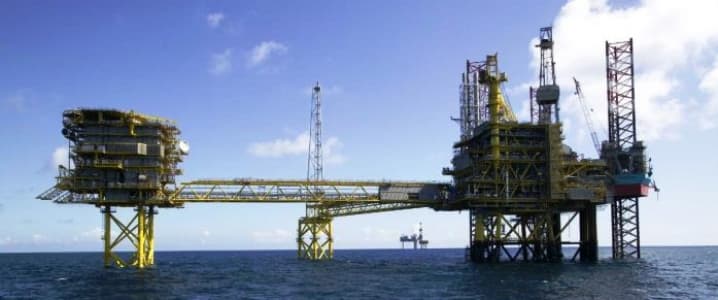Last quarter, offshore drilling rig companies retired more rigs than ever before in a three-month period, according to one energy advisory firm. Embattled Transocean is sending six floating rigs to the junkyard that will cost it $1.4 billion.
According to Bloomberg’s David Wethe, it doesn’t get much worse than this: There’s a major overhang of offshore drilling rigs ordered during the boom years prior to 2014, and there’s little hope that it will ever clear, even if offshore drilling recovers, which he believes is highly unlikely—at least not to any significant extent.
Indeed, offshore exploration is still more costly than onshore, especially in the deep waters. In a lower-for-longer environment, E&Ps are naturally opting for cheaper resources. Yet this is by no means the whole picture. There’s still a future for offshore oil, and it’s not too bleak; in fact, in parts of the world, it’s rather bright.
At the end of last month, Exxon snapped up deepwater exploration licenses for ten blocks in the deepwater pre-salt zone off the Brazilian coast. The heavyweight pledged more than $1 billion for exploration there. This makes it the latest to join in Brazil’s pre-salt layer, which already hosts Norway’s Statoil in the Carcara field, Shell, with minority stakes in the Libra and Lula fields, and Total and CNPC, as partners of Shell and Petrobras in the Libra field. These deposits are all big discoveries holding estimated resources of tens of billions of barrels of crude.
Related: The U.S. Shale Play To Watch In 2018
The North Sea, as unlikely of a place as it may be, is also seeing renewed interest, mostly from energy independents taking advantage of the recent relaxation of the UK tax regime to stimulate further exploration in one of the world’s oldest producing basins.
Does this mean that demand for drilling rigs will start rising? It must. Yet, unfortunately, it’s unlikely to see a return to the drillship demand levels of 2013. Then, crude was riding the demand growth wave, trading at $100 a barrel, and everyone was in a rush to drill—anywhere. The new generation of offshore rigs were designed for depths of as much as 10,000 feet, but they weren’t designed for long-term idling.
In the last couple of years, many of these vessels were idled, costing their owners tens of thousands daily, and now they’re just finding ways to minimize their losses by cutting costs. This isn’t necessarily a sign of deep desperation on behalf of the drillers, nor is it a sign that drillers see no future in offshore, as some might suggest.
Related: Half A Million Bpd At Risk From Geopolitical Firestorm
While offshore has future, there’s a complicating factor for rig-owners. Since the vessels weren’t made with long-term stacking in mind, some potential clients may snub the state-of-the-art machines that have spent months idling off the coast of this or that Caribbean island. The problem is that the longer a rig is idle—and the older it is—the more likely that clients will refuse to hire it.
So, there’s a kind of paradox for rig owners. They have the rig capacity but demand is sluggish. It’s improving in some parts of the world, but the vessels are getting older and less reliable.
Most of the offshore drilling rig players don’t have the financial resources to start building new rigs to respond to renewed interest in offshore oil. Yet they can at least get rid of the surplus capacity, unpleasant as this option is, and hope the increase in offshore drilling leads to higher daily rig rates sooner rather than later.
By Irina Slav for Oilprice.com
More Top Reads From Oilprice.com:
- Trump’s Iran Decision Haunts Big Oil
- Power Struggles In The DRC Are Hampering Energy Potential
- Can Trump Drive A Wedge Between Saudi-Russian Alliance?


















